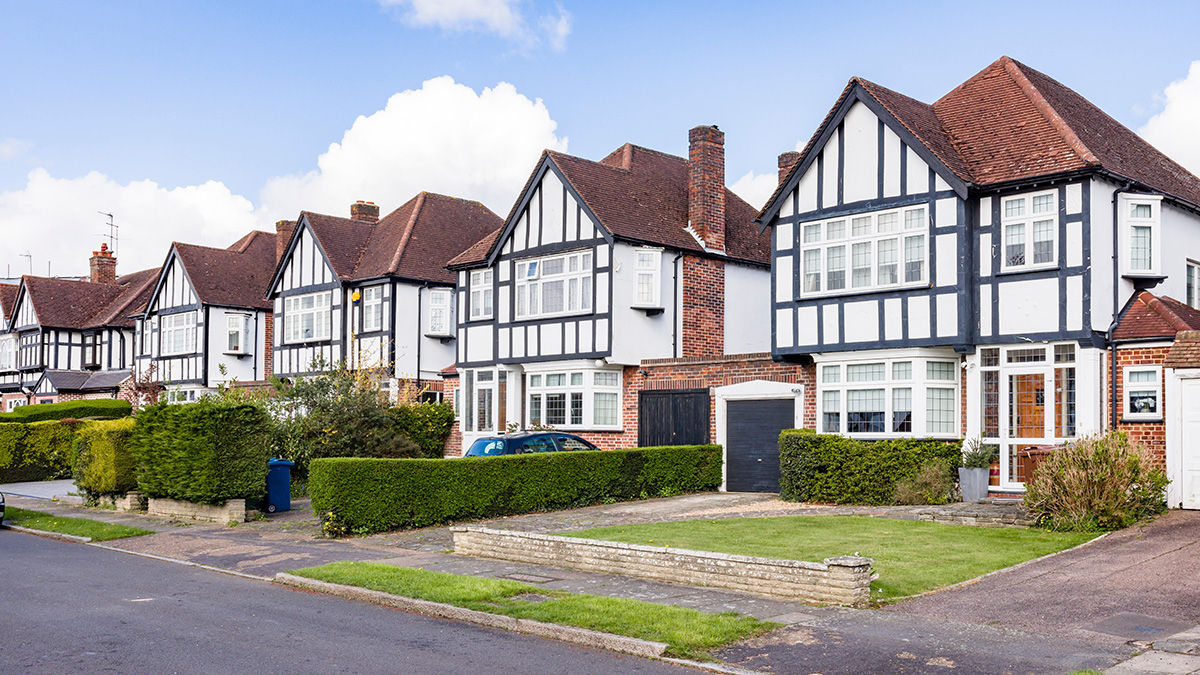
Safe Data
Your data is safe, transmitted securely and encrypted, we use OTPs to secure your account; only you control and see your data.

User and Organisations
Create a user account and add as many users as you want. You can stick to a single account or create an organisation with many members, if for example, you work in a land team with multiple colleagues. If you wish, you can share maps, data and plots amongst yourselves or just keep your account and data private.

Payments
If you decide to buy credits so you can buy land registry titles or search specific addresses or use ordnance survey mapping layers, where costs do apply, you can top up your account easily and securely with our Stripe System. Stripe encrypts sensitive data both in transit and at rest. Stripe’s infrastructure for storing, decrypting, and transmitting primary account numbers (PANs), such as credit card numbers, runs in a separate hosting infrastructure, and doesn’t share any credentials with the rest of our services. Find out more

Land Registry Layer
The land registry layer is a powerful tool. You can categorise ownership types, for example, land owned by housing association, companies or privately owned. Corporate ownership is available to view for free so you can instantly see which company owns a particular property you are interested in. To find private ownership details you will need to purchase the title register, which is seamless available at the click of a button. Select plot sizes and values by using the filter tool to isolate the sort of plots you are looking for. Price paid data is displayed and where we cannot provide a sold price, we provide estimates of value by using prevailing values in the area combined with EPC data. It’s not always perfect but we will continue to improve properties pricing data that have not sold for over 20 years.

Price Paid on the Map Layer
Click a button and valuations automatically appear on the map for most properties in an area.

Strategic Land and Values
We have provided automatic post planning data and valuation estimates for each plot over 10 acres in size. Click on a plot over 10 acres and we will give estimates of size, how many houses you could build on the plot and all the associated value metrics, including GDV, land and acreage values.

OS Mapping Layer
There are several mapping layers on Landcycle but the most detailed is the OS Topographical Layer. We get charged for this map so we pass that charge onto you at the rate of 2p per tile viewed. The advantage of the map is the detail it provides.

Drawing Tools
Drawing tools are available on all the mapping layers and allow you to draw shapes and lines that are automatically measured. For example a rectangle will give you each permitter dimension and the aggregated area. It’s a great tool if you are trying to ascertain the size of a building that can fit on a plot. Check the average £/sq ft sales values in an area and you can quickly assess the gross development value of your proposed building.

Database
Each plot will be saved in your database which you can search and edit and take notes and save documents. Your database files can be viewed in a table where you can move entries between self-defined categories, such as; ‘contacting’, ‘needs action’ ‘hotlist’ you can create your own categories. You can switch to view your contacts in a list and in either case search against them using various categories or free text search. Each one of your records has several tab files, with contact details, land registry files, letters queued and sent, documents and diary notes.

Letter System
Import your own letterhead and create your own letters. Afterwards, send letters with one click of a button and schedule follow up letters to send automatically and indefinitely. You can constantly new add and change existing letters and schedule them to print when you want them to. You can preview letters before and after you have sent them. Letters print at the end of each day and the cost will be debited from your account.

Planning constraints & other mapping Layers
These layers can be turned on and off and will overlay onto your map. So you can see the extent of greenbelt, flood plain, AONB, national parks and many more planning related designations. Other layers which have multiple sub sections include; Ecology, showing amongst other things, Special Protection Areas; Schools which includes a variety of education locations; Health and Care for hospitals and nursing homes; Travel infrastructure, such as motorways, roads, stations and airports; Historical data, showing locations of listed buildings, conservation areas, protected monuments and historical sites; Retail, showing locations of retail outlets categorised by various sizes; Power and Drainage, including National Grid and National Gas pipelines; Agricultural, showing grade 1 and grade 2 agricultural land. We are constantly adding more mapping layers and we welcome requests to add other specific layers that you think users would find useful.

Valuations and Price Paid Data
It is important to note that valuations are estimates but we do our best to keep prices accurate. We use land registry price paid data and land registry indexation to show actual sold prices and the movement in pricing reported by Land Registry over time. We also use EPC data to provide an alternative estimate of value, which is why you see a range in our estimates. We don’t always know if a property has been extended or refurbished just after it has been bought so we can’t profess to be spot on all the time. We do however regularly cross reference our data with marketing. Valuations on strategic land provide a post planning value estimate based on a residual valuation method and a pretty complex algorithm. Again, its not always going to be 100% accurate but it gives a very good estimate of value. Its worth remembering that the value of property is what a willing buyer and seller agree to trade at.

Planning Applications tool
The planning applications tool is simple but powerful. On any mapping layer click the ‘PA’ button and select a data range. The location of planning applications will be displayed as points on the map, click on the point it provides a synopsis of the planning application record and a link to the case file on the local authorities’ website. Landcycle updates its records every three days and has planning application records for 95% of local authorities.
Get started in 30 seconds
Landcycle is free to access. No card details required to register


 Consent Preferences
Consent Preferences